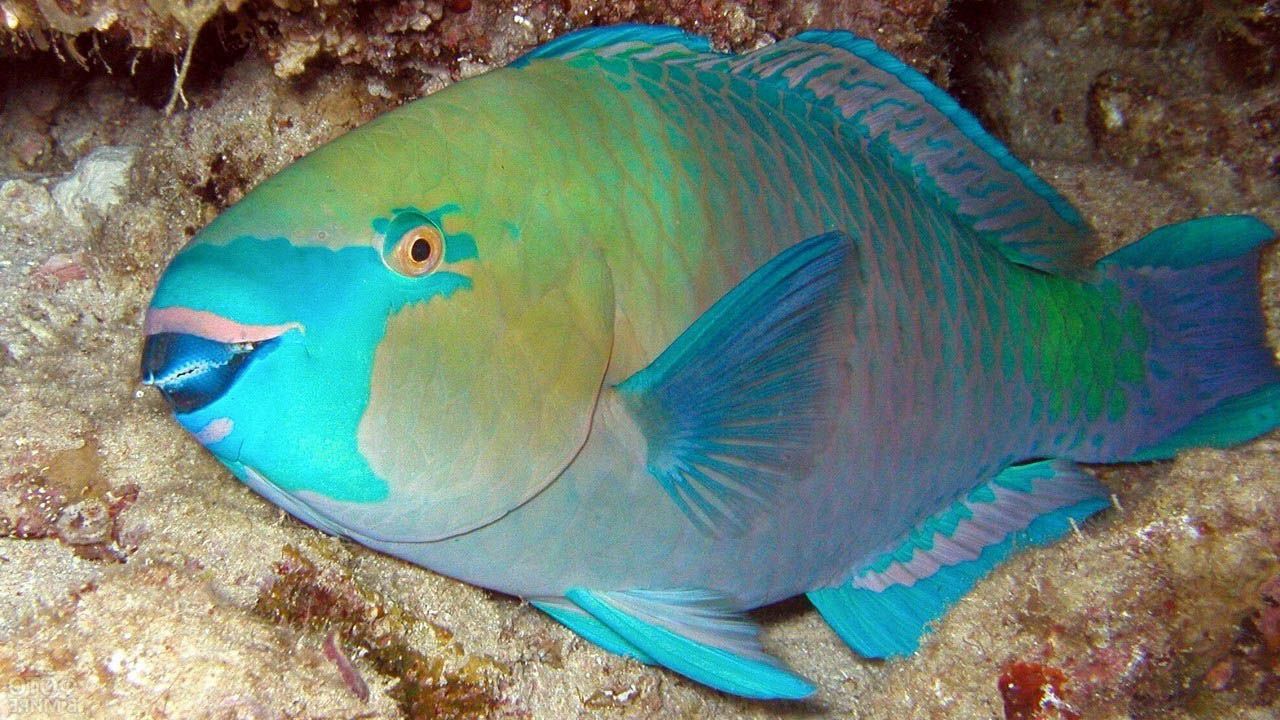The Blob Fish
The Psychrolutes Marcidus, popularly known as the Blob fish, lacks a skeleton, muscles, and a swim bladder. It’s made out of slimy, jelly-like flesh instead. The Blob fish can naturally hover over the ocean floor without exerting any effort since its jelly-like material is less thick than water! Under the oceans of New Zealand, Tasmania, and Australia, they may be found at depths of 3000-4000 feet. The high pressure atmosphere of the ocean’s depths keeps the gelatinous flesh intact, so the Blob fish looks more like a fish and less like a blob of slime while it’s underwater. The severe fall in pressure leads Psychrolutes Marcidus to lose its shape while it is out of the water.
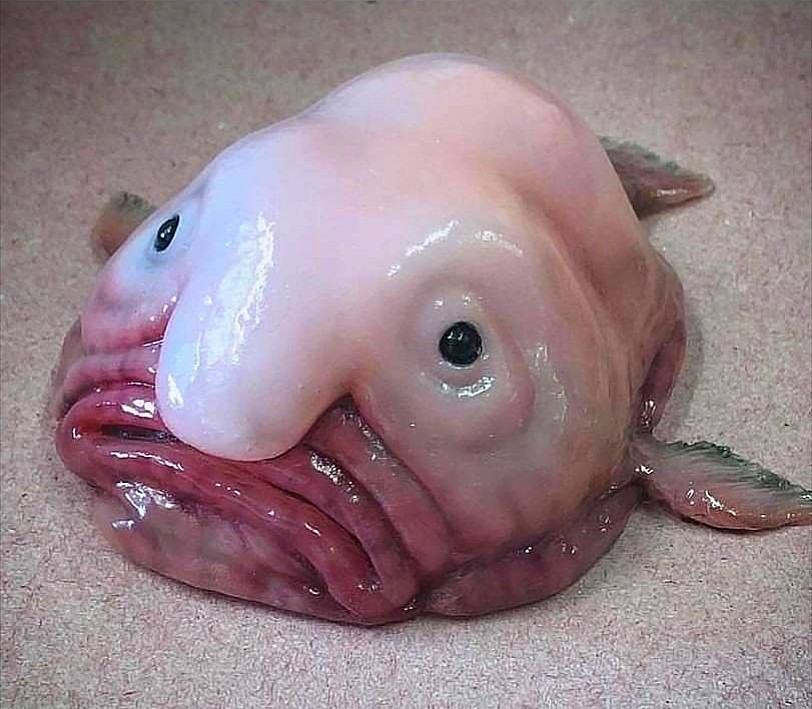
The Saiga Antelope
When compared to other members of the antelope family, this animal’s long, sagging snout that hangs below its lips gives it an extraordinarily distinct look. It’s considered that their distinctive nasal configuration makes breathing easier by cooling hot air in the summer and warming cold air in the winter. Saiga antelopes are mainly found in Asia’s arid grassland areas, and their movement patterns are seasonal. Saiga antelopes congregate in herds of thousands during migration! Male saiga antelopes call a group of up to 30 females as a form of harem during mating season, which occurs in early winter.
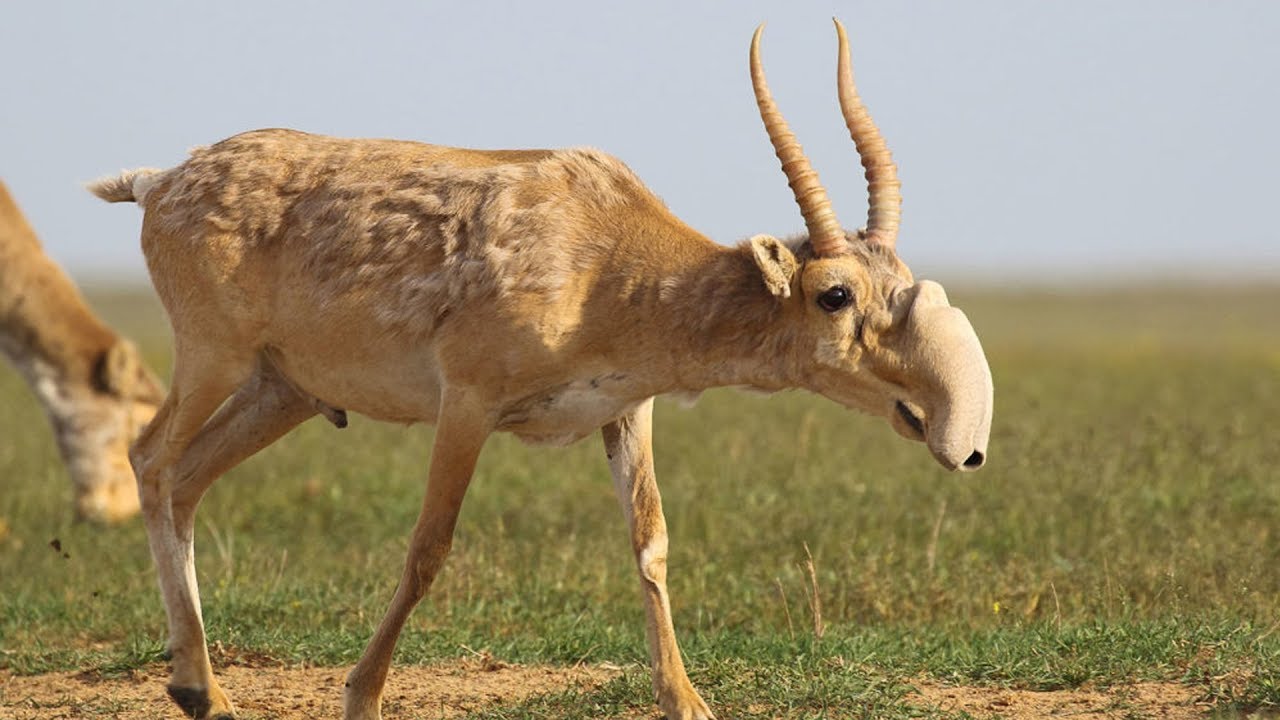
The Leafy Sea Dragon
As it floats through the seaweed-filled ocean waves, this camouflage master is incredibly cleverly hidden by its leaf-like green and gold projections. Unlike other species, it is a male seadragon who bears children! A female can deposit up to 200 eggs in a male’s pouch, where they will stay for roughly eight weeks until hatching. This organism is one of the strangest animals on the planet; it has no stomach and no teeth, and it only eats mysidopsis shrimp and plankton. It can only be found in Australia’s southern regions and requires cold water with temperatures ranging from 10 to 12 degrees Celsius.
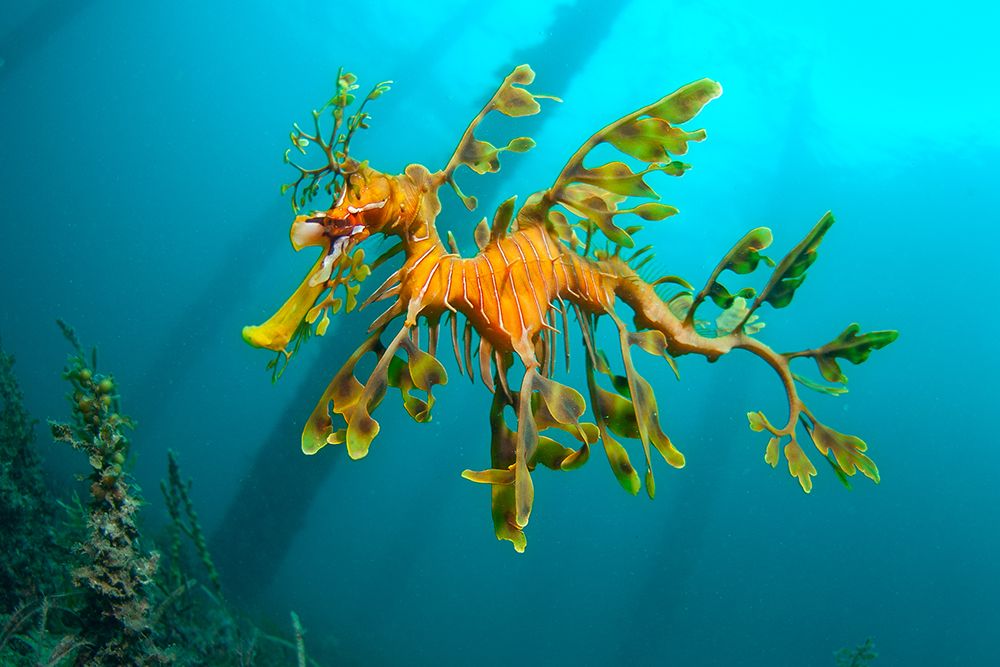
The Goblin Shark
This giant-nosed ancient shark is unlike any other of its type, and it’s undoubtedly one of the strangest creatures you’ll ever see. Because goblin sharks reside in the deepest parts of the ocean (300-4000 feet below sea level), they are rarely seen, therefore little is known about them. A goblin shark may reach a length of 10 feet and weigh over 450 pounds. It has the unique capacity to stretch its mouth to the size of its snout, which comes in handy while grabbing prey. It has sharp, narrow front teeth for gripping and shredding flesh, and flat, broad rear teeth for breaking hard shells and bones.
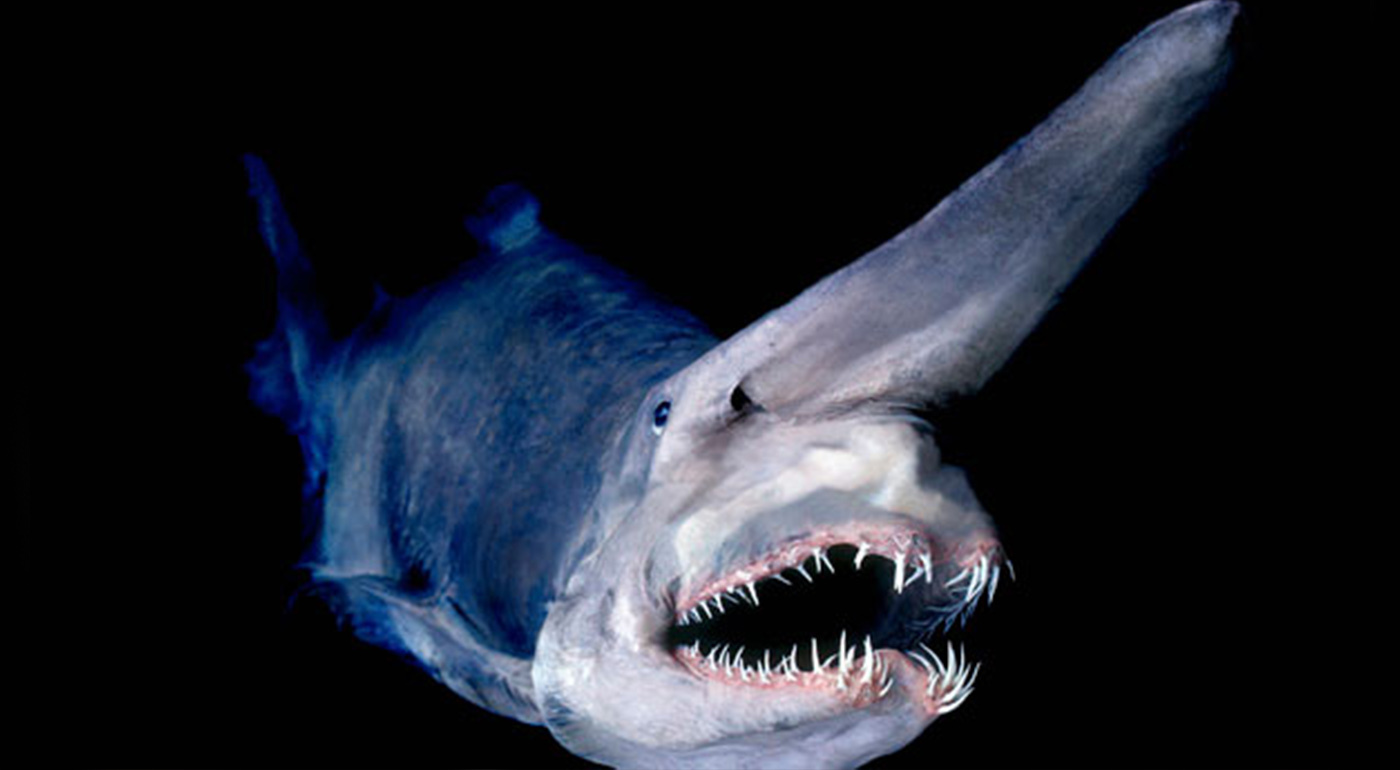
The Panda Ant
They were discovered in 1938 in Chile’s coastal areas and have yet to be discovered anyplace else on the planet. They lay around 2000 eggs every year, but only a small percentage of them survive. Panda ants stand out to predators because of their distinctive black-and-white appearance, making them an easy prey. Panda ants may grow up to 8 millimetres in length and survive for two years when fully mature. Given that most wasps have a life span of less than a year, this is very remarkable. Males and females of the panda ant have such severe sexual dimorphism that they are regularly mistaken for members of other species! Females are diurnal while males are nocturnal.
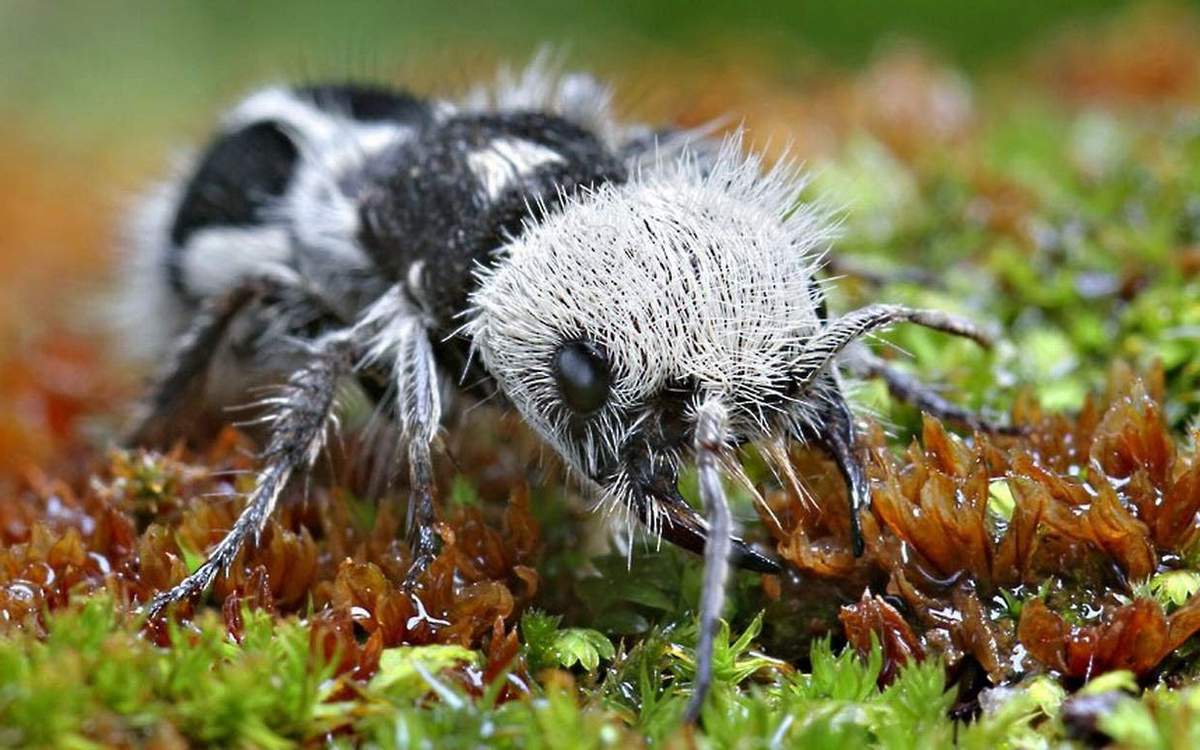
The Glaucus Atlanticus
This monster isn’t a true Pokemon. It is, however, a venomous sea slug that spends the most of its existence floating in the water upside down. It floats by ingesting a big bubble of air and storing it in an unique sac in its stomach. It can endure the surface tension of the water with the assistance of a strong foot. It may be spotted swimming in the waters around Australia and South Africa, however sittings are uncommon. Glaucus Atlanticus may kill creatures that are several times its own size. Because it is resistant to most poisons, the Blue Glaucus can gather the venom of Portuguese man-of-wars from their 30-foot-long tentacles.
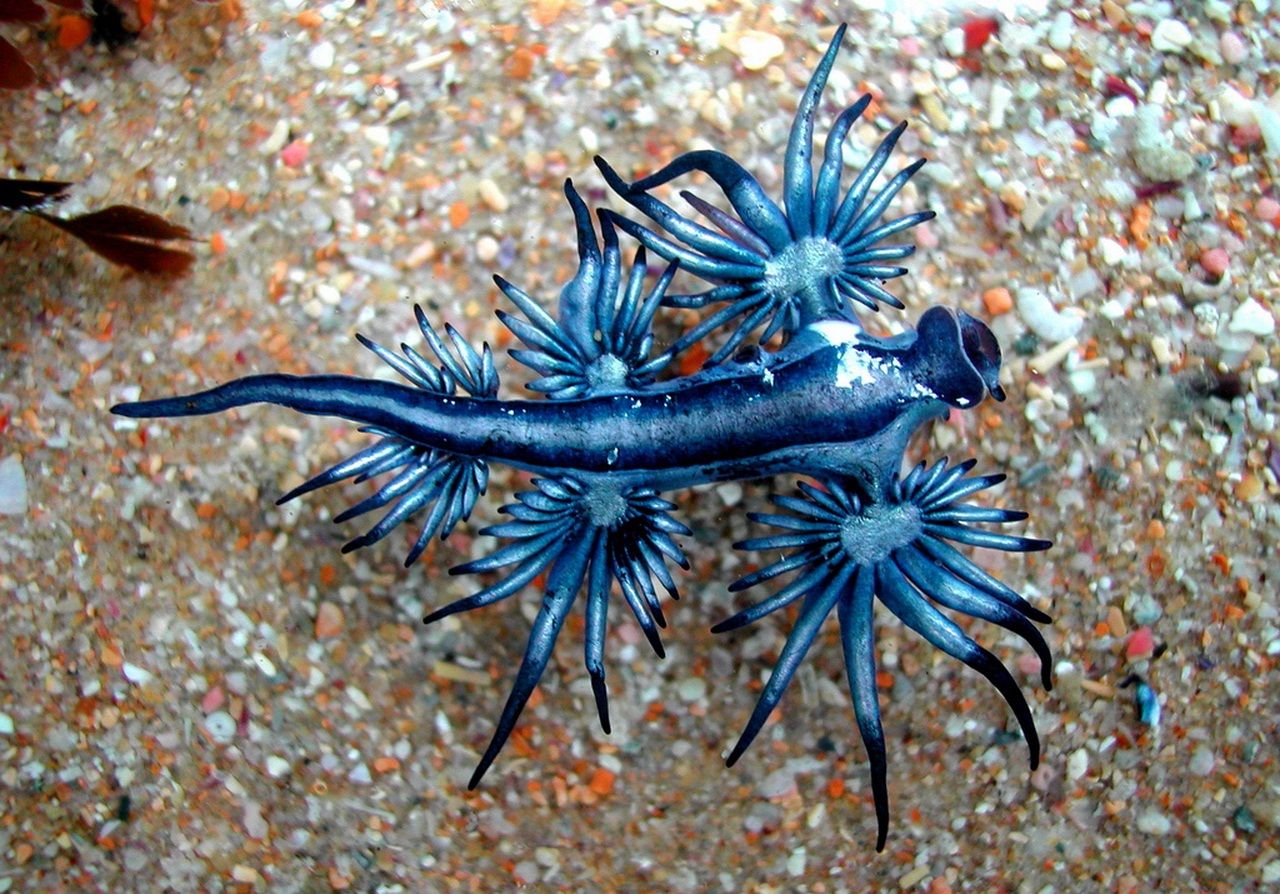
The Parrotfish
This brilliant and colourful species may grow to be anywhere between one and four feet long and survive for an average of seven years. Surprisingly, a Parrotfish may change its gender many times over its life! It may also change its patterns and hues as it grows older. Scientists have a tough time categorising Parrotfish because of this. Parrotfish, dubbed “one of the most weird creatures ever,” may be found in tropical waters all over the world. Its primary food source is algae, which it extracts from coral reefs. The algae is scraped off using the animal’s front teeth, which are fused together and resemble a parrot’s beak, and then devoured by another set of grinding teeth.
